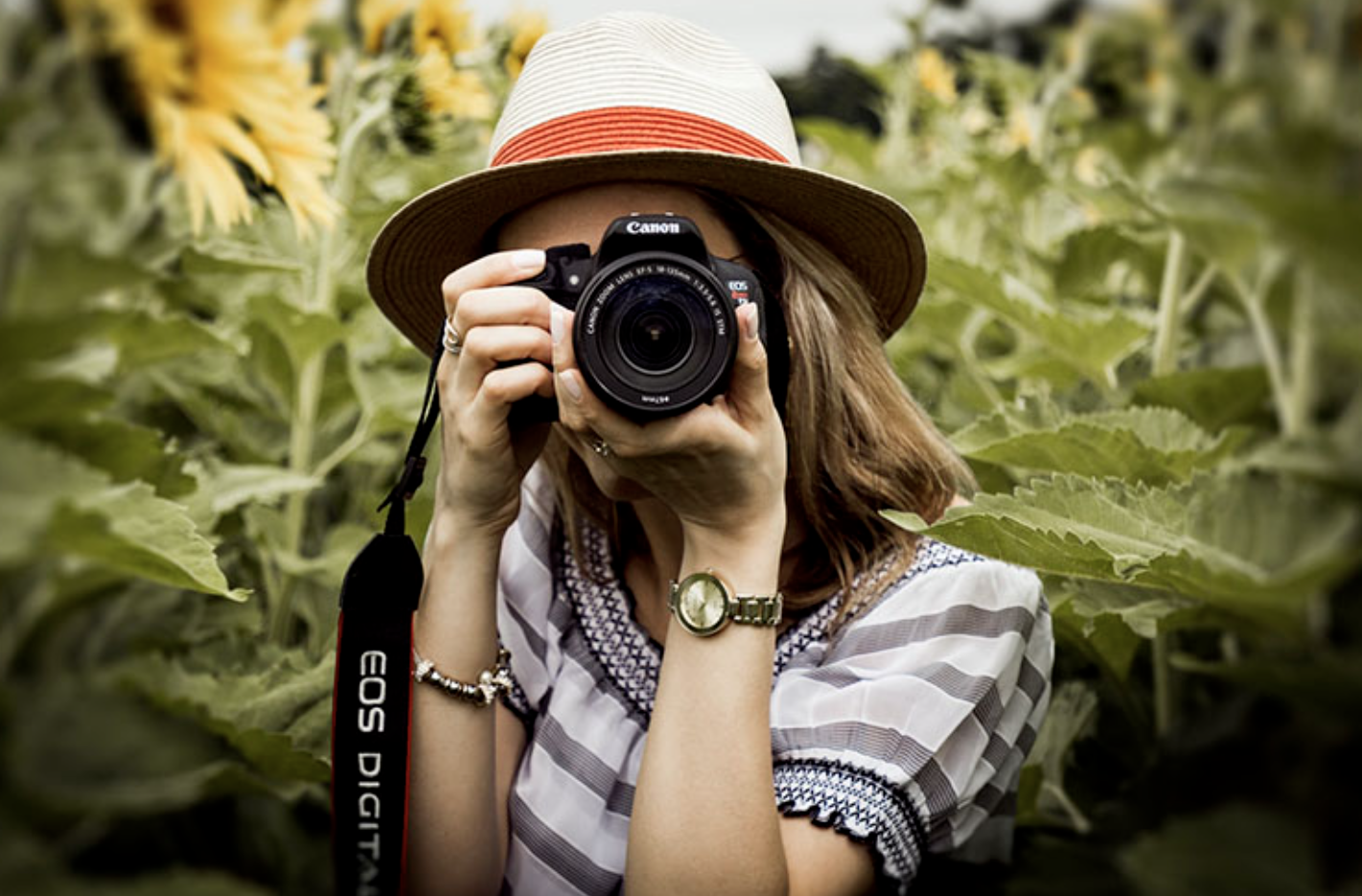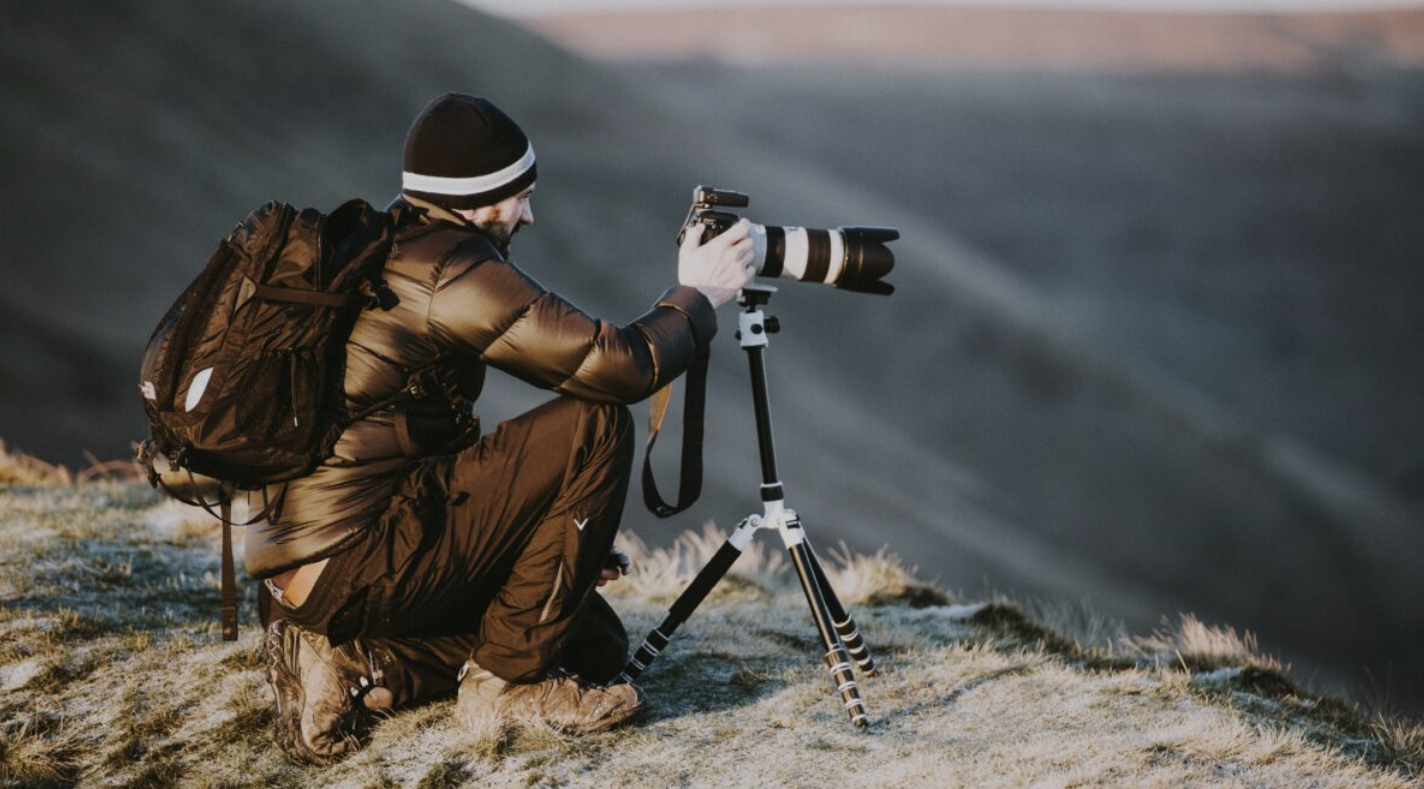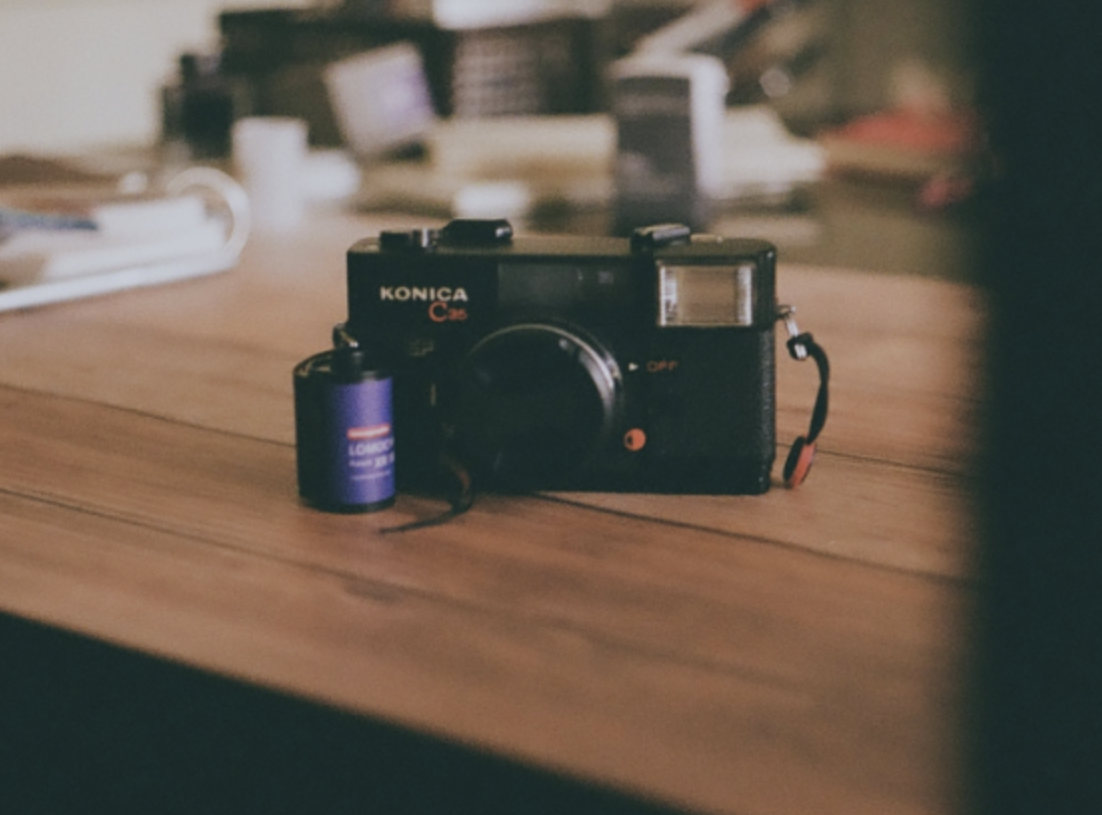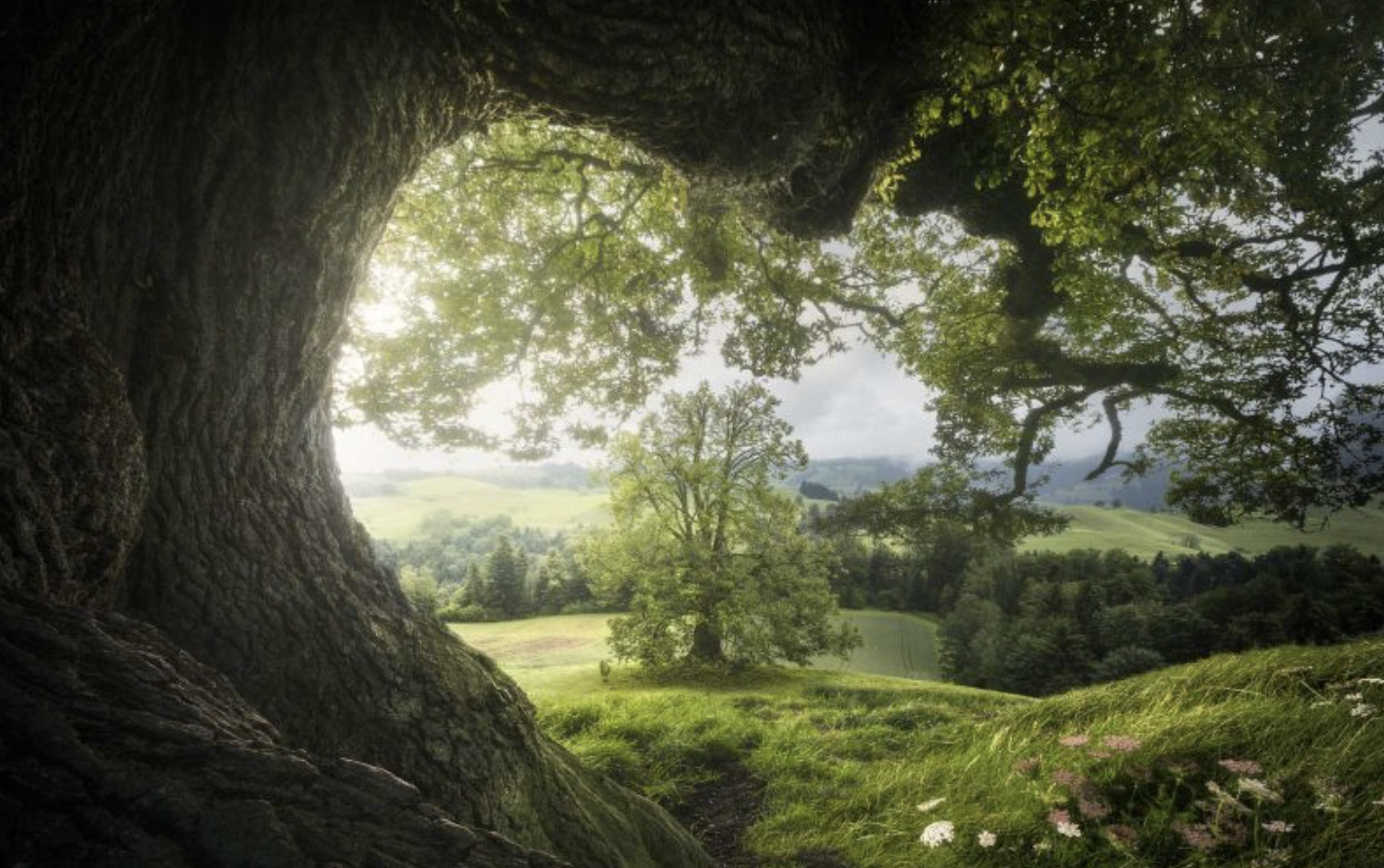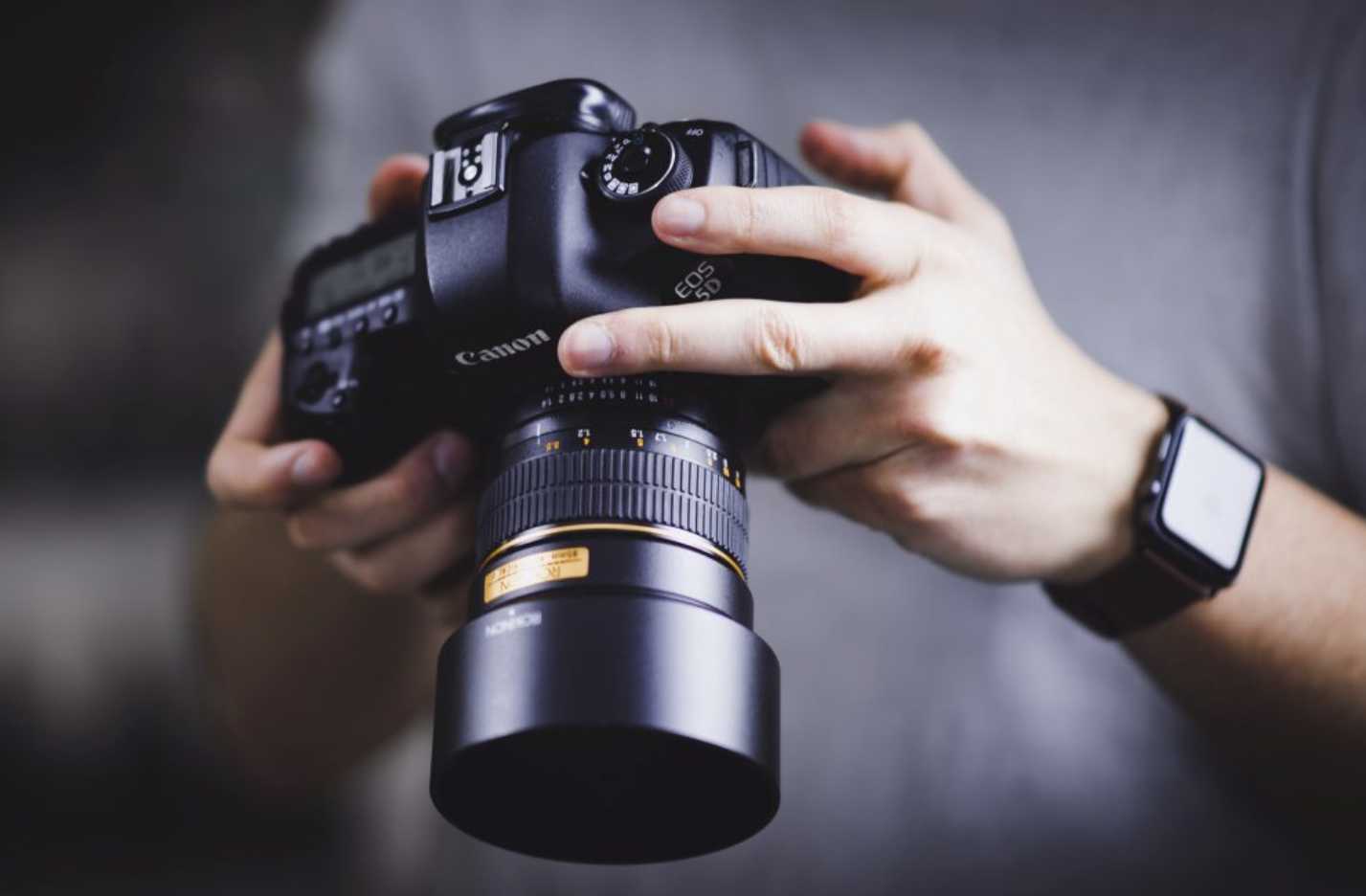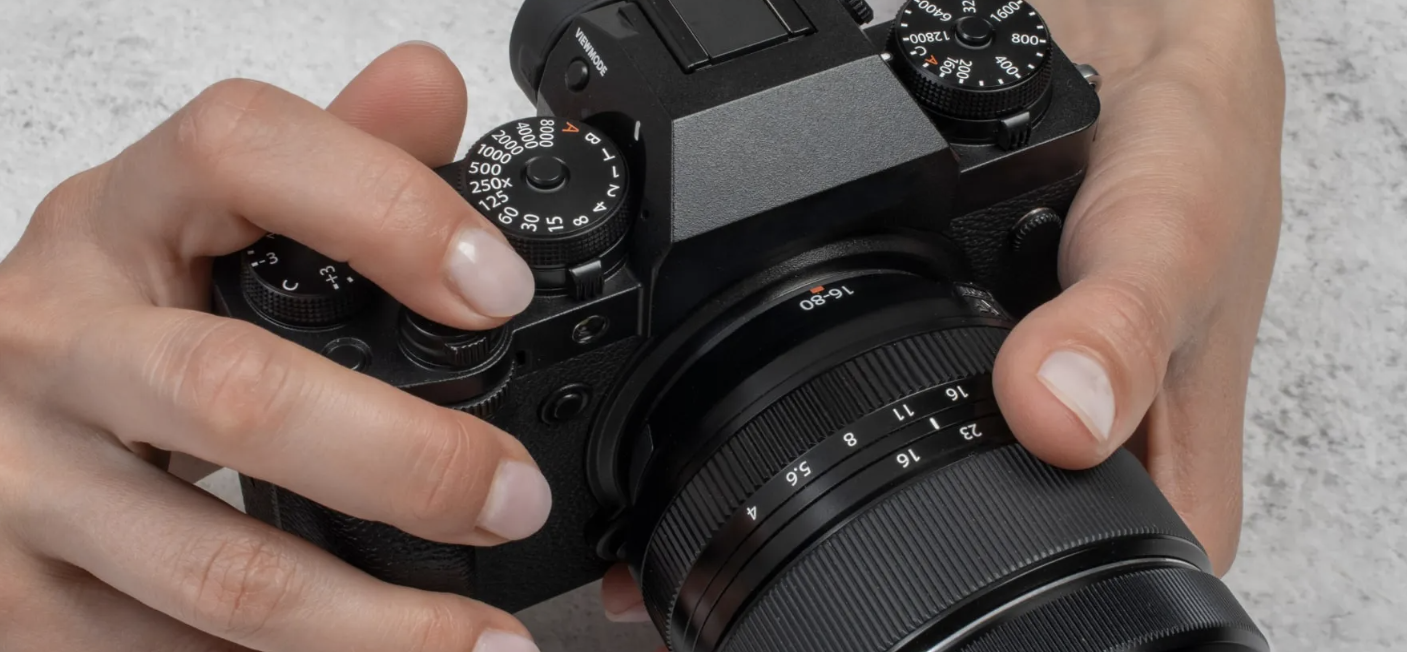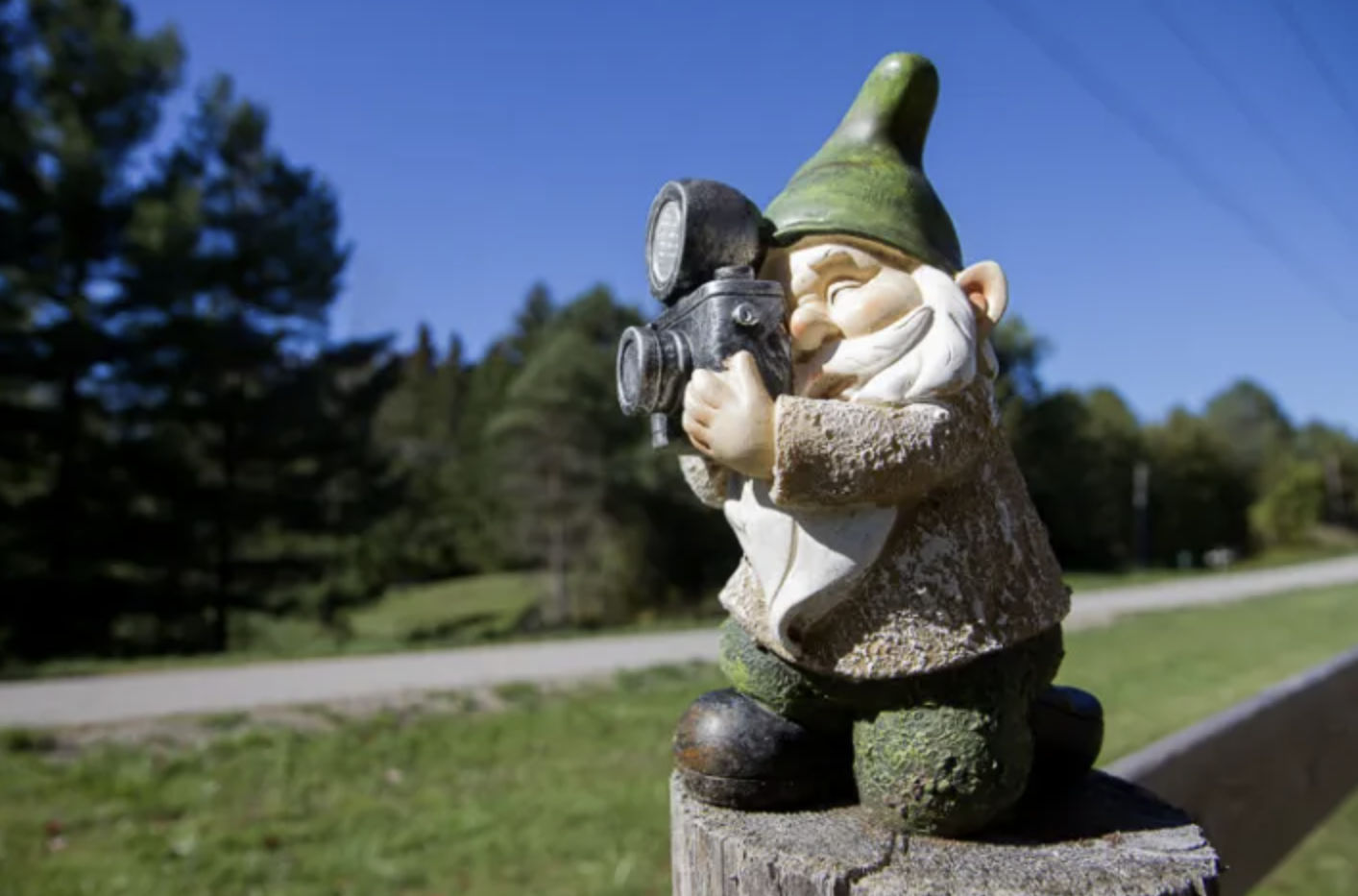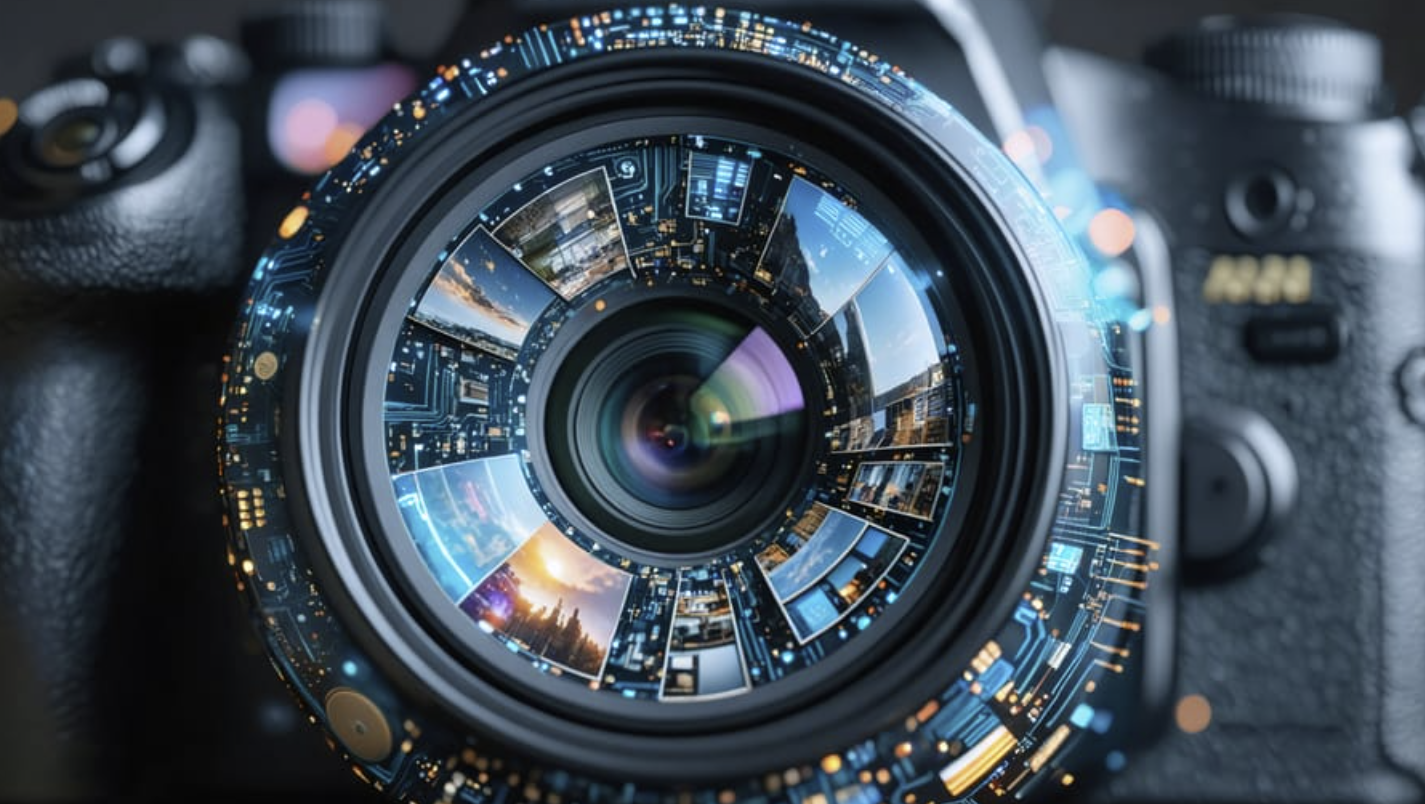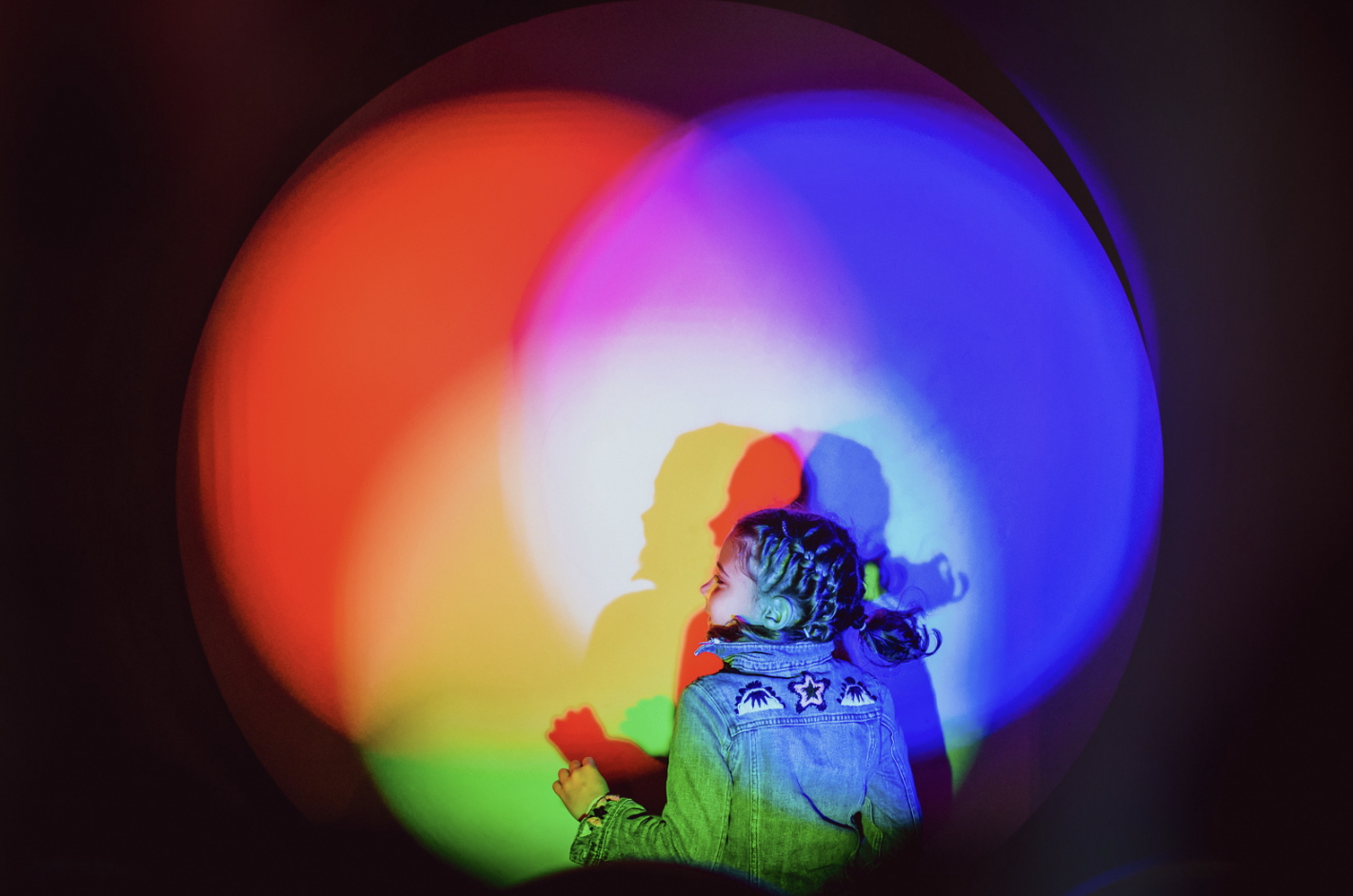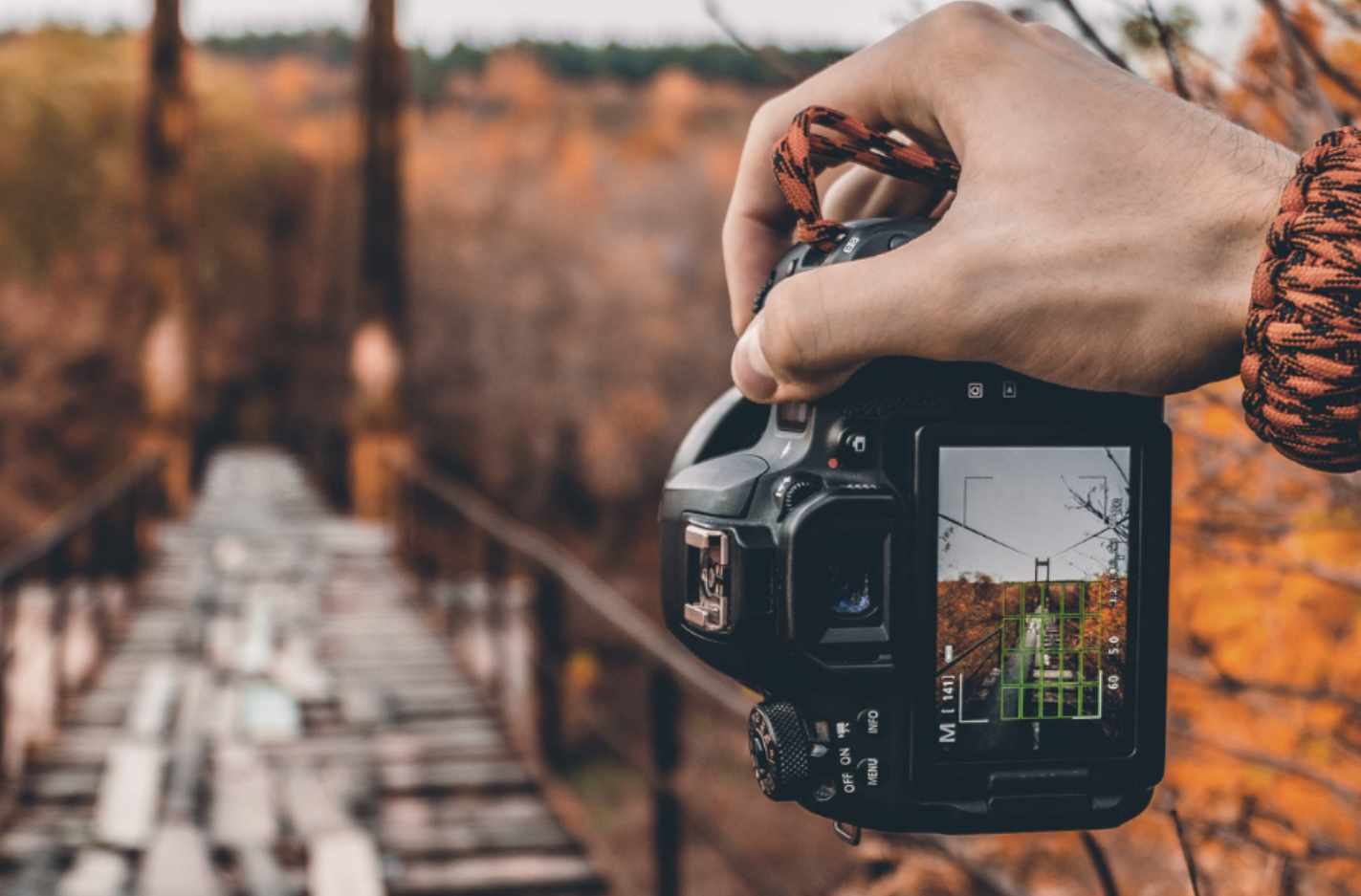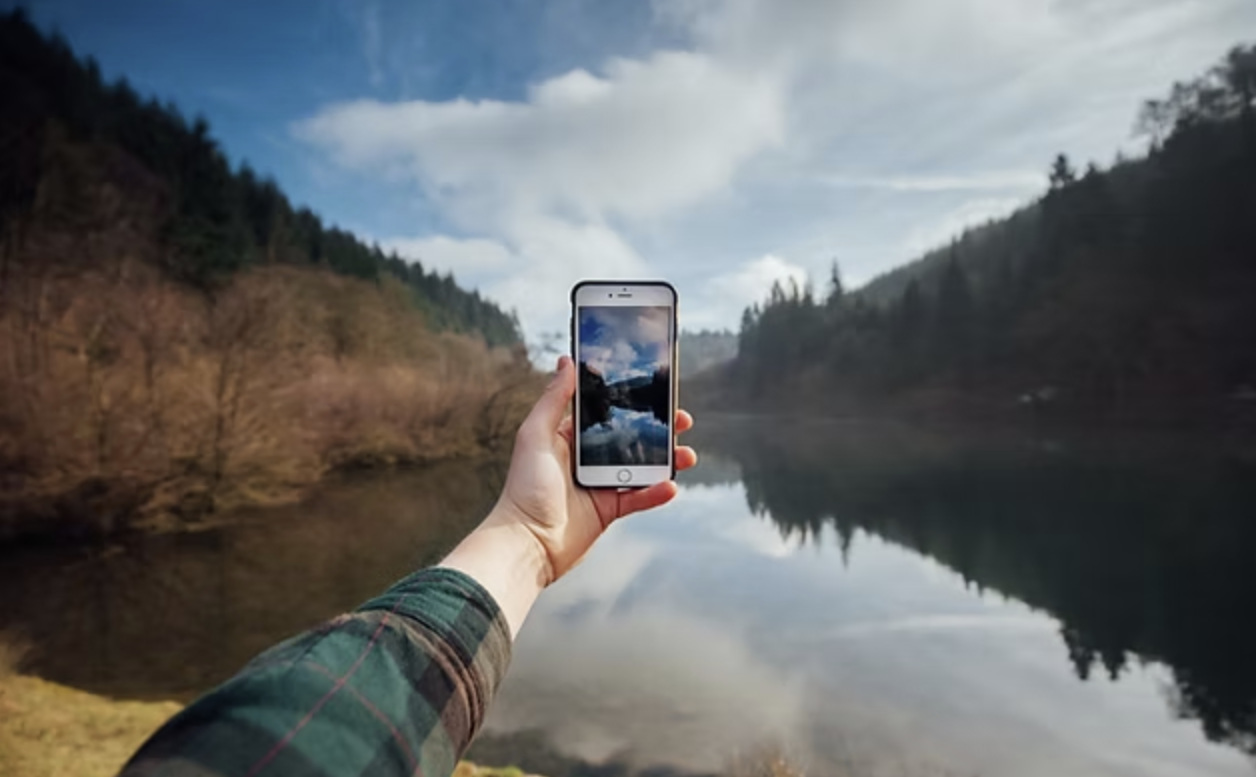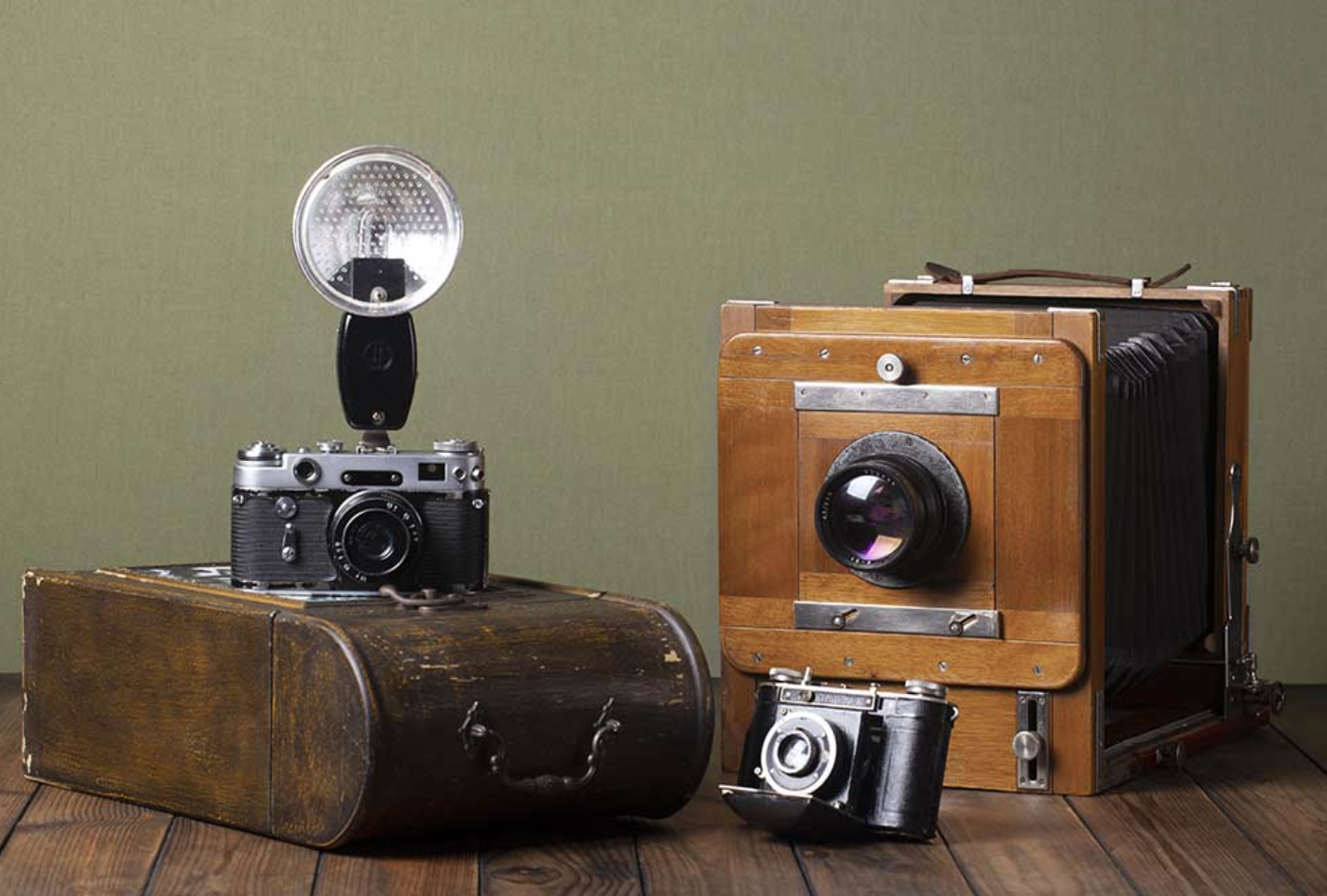
Photography has seamlessly integrated into our daily lives, capturing everything from personal memories to historical events. However, it’s easy to forget that photography, in its modern form, is a relatively recent development. In fact, the journey from the invention of the first cameras to today’s digital marvels is a fascinating tale of innovation, competition, and evolving technologies.
The history of photography is not just about the devices used to take pictures; it also includes intense rivalries, groundbreaking inventions, and unexpected applications of photographic techniques in fields like military surveillance and animation. Today, digital photography has become ubiquitous, but the road to this point has been anything but simple. Let’s explore how photography has evolved, shaped by visionary pioneers and technological breakthroughs.
The Beginnings of Photography
The journey of photography began with two key discoveries that would later form the foundation for photographic technology:
- Camera Obscura: A simple device that allowed light to project images onto surfaces.
- Light-Sensitive Materials: Early experiments with substances that could capture images when exposed to light.
Before the 19th century, the concept of photography was purely theoretical, with many relying on the camera obscura as a tool for artists. The camera obscura, which means “dark room” in Latin, was a natural optical phenomenon that allowed light to pass through a small hole and project an inverted image on the opposite wall. In the 16th century, it became an essential tool for artists who used it to create accurate drawings and paintings.
In the early 19th century, scientists and inventors began applying light-sensitive materials to the camera obscura’s design, which led to the development of the first photographic processes. A critical advancement came in the 18th century when researchers began experimenting with light-sensitive chemicals, such as silver salts, which could retain an image after exposure to light.
The Advent of Photography
Joseph Nicéphore Niépce, a French inventor, is widely regarded as one of the first people to successfully capture a photographic image. In the 1820s, Niépce experimented with a process called heliography, which used light-sensitive materials to create images. His most famous photograph, taken in 1826 or 1827, is considered the world’s oldest surviving photograph. It was captured on a pewter plate using bitumen, a light-sensitive substance.
Niépce’s collaboration with Louis Daguerre, another key figure in the history of photography, led to the invention of the daguerreotype in 1839. This process involved exposing a polished silver plate to iodine vapors to create a light-sensitive surface, then developing the image using mercury fumes. The daguerreotype became the first commercially successful photographic process, allowing for the mass production of photographs.
The Evolution of Photographic Processes
While Niépce and Daguerre’s daguerreotype process was groundbreaking, it had limitations, such as the inability to reproduce multiple copies from a single image. Meanwhile, in Britain, Henry Fox Talbot was developing his own photographic method, known as the calotype, which used paper coated with silver chloride to create negative images. This method allowed for the reproduction of photographs, a crucial step toward modern photography.
Talbot’s calotype, which could be produced in a fraction of the time of the daguerreotype, laid the groundwork for future photographic technologies. His negative-positive process eventually led to the development of film photography, which became the dominant method of capturing images for over a century.
The Rise of Kodak and the Birth of Consumer Photography
In the late 19th century, photography took a massive leap forward with the work of George Eastman. Eastman, the founder of the Kodak company, revolutionized photography by introducing roll film in 1888. His Kodak camera allowed consumers to take photographs without needing to know the technical aspects of photography. After taking 100 exposures, users could send their film to Kodak for development, making photography accessible to the general public.
Eastman’s innovations didn’t stop there. His company’s efforts to improve film technology set the stage for the rapid growth of consumer photography throughout the 20th century. The Kodak brand became synonymous with photography, and Eastman’s company would continue to lead the industry for decades.
The Development of 35mm Film and Compact Cameras
In the 1920s, Oskar Barnack, an engineer at the German company Leitz, developed the 35mm camera, which became a game-changer in photography. His invention, the Leica I, was the first compact camera to use 35mm film, making photography more portable and accessible. Barnack’s innovation, combined with Kodak’s film stock, helped establish 35mm film as the standard for both still photography and motion pictures.
The 35mm format became a cornerstone of the photographic industry, influencing camera designs and shaping the way photographers captured images. As cameras grew smaller and more affordable, photography began to enter mainstream culture, further fueled by advancements in lens technology and film emulsions.
Instant Photography and the Polaroid Revolution
In 1948, Dr. Edwin Land introduced the Polaroid camera, which allowed for instant photo development. Polaroid’s breakthrough technology enabled users to take a picture and have a physical print in their hands within minutes. This was a major leap in consumer photography, as it eliminated the need for darkroom development and made photography more interactive.
Polaroid’s success was furthered by the introduction of color film in 1963 and the SX-70 folding camera in 1972. Despite the rise of digital photography in the 1990s, Polaroid continued to influence the market until its decline in the early 2000s. However, the company’s legacy lives on through the revival of instant photography by companies like the Impossible Project, which rebranded as Polaroid Originals in 2017.
The Digital Revolution
The most significant leap in photographic technology came in the 1990s with the advent of digital cameras. Steve Sasson, an engineer at Kodak, invented the first digital camera in 1975, though it wouldn’t be until nearly two decades later that digital photography would become commercially viable. In 1994, digital cameras became more widely available, allowing photographers to take, store, and manipulate images electronically.
Digital photography quickly gained popularity, offering unprecedented convenience and flexibility. The ability to view and delete images instantly, combined with the rapid decline in the cost of digital sensors, made digital cameras the standard for both amateur and professional photographers. The rise of smartphones with integrated cameras further accelerated the shift to digital, making photography more ubiquitous than ever.
Photography Today
From its humble beginnings with the camera obscura to the digital revolution, photography has come a long way. Today, photography is no longer limited to professionals; it is an integral part of our everyday lives. Whether through smartphones, digital cameras, or even instant cameras, the ability to capture and share moments has become easier than ever before.
The history of photography is a testament to human ingenuity and creativity, a story that continues to evolve with every technological advancement. As we look to the future, the possibilities for photography are endless, and the tools we use to capture images will continue to shape how we see the world.




